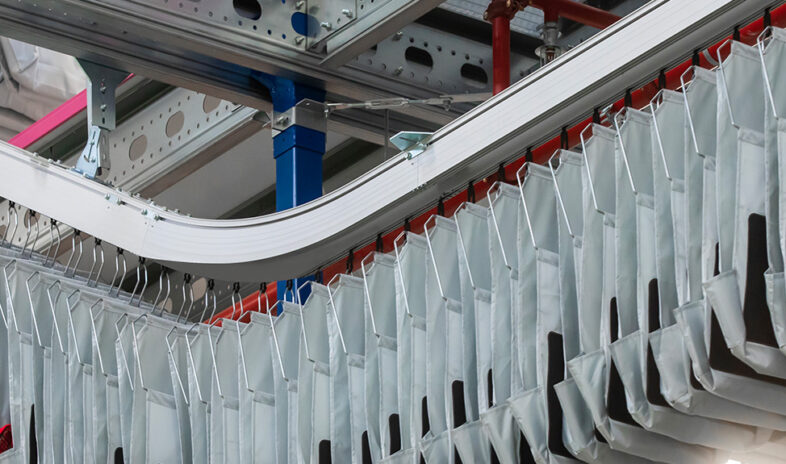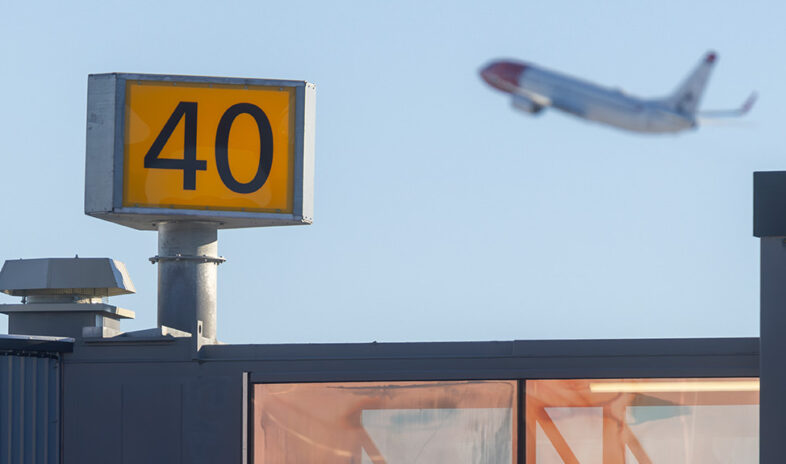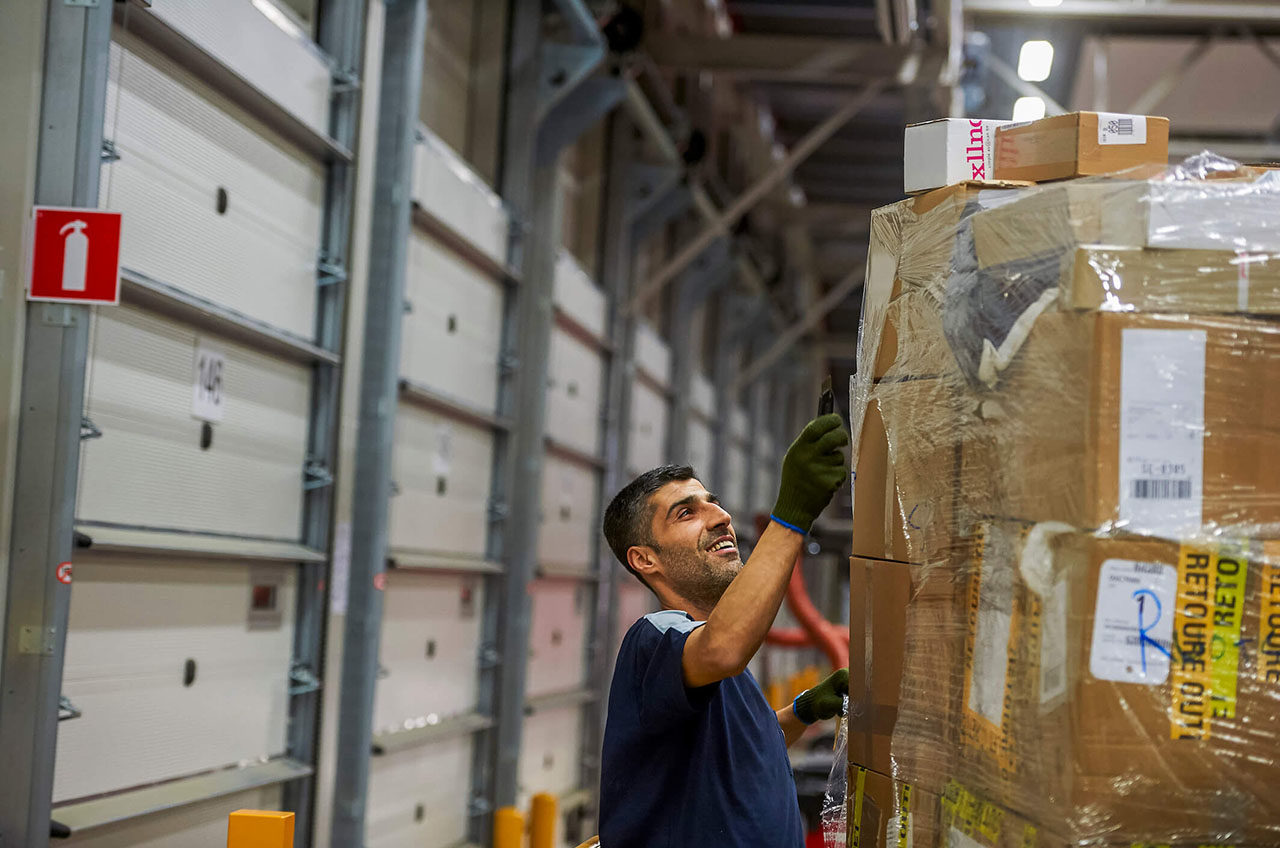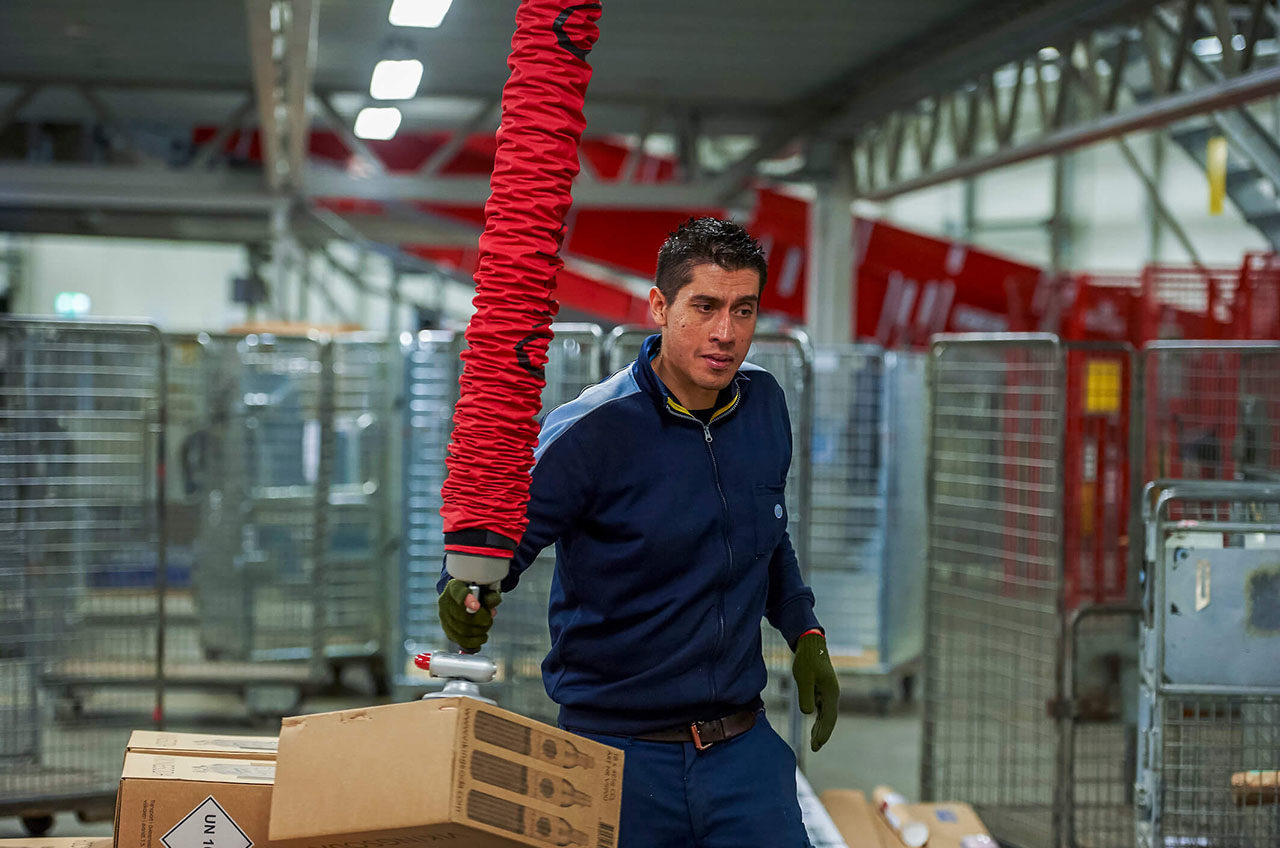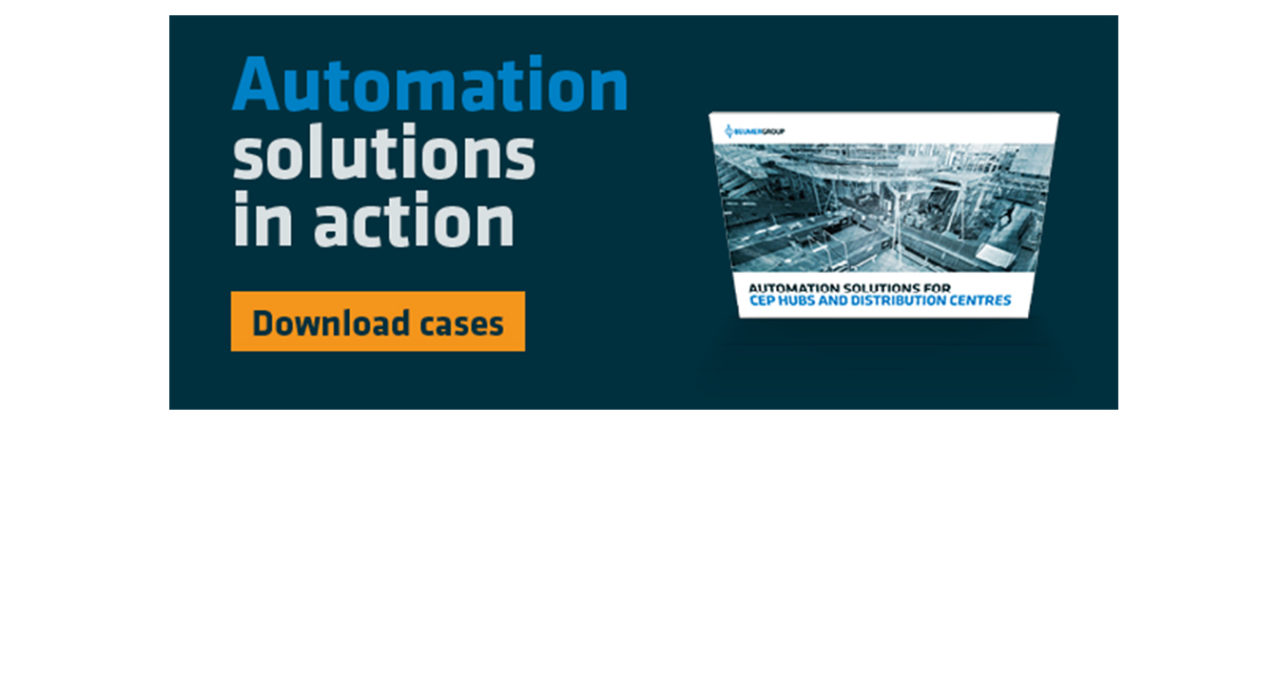By Peter Ranch-Lassen
If you are a large national postal company, the most important job has always been to deliver mail to every corner of the country. To do it well and to do it efficiently. That is the main objective your entire operation has revolved around.
Imagine being that large national postal company when suddenly a dramatic shift in consumer behaviour changes the market that you have been navigating for such a long time. That almost abruptly you experience an incredible rise in the number of parcels that your distribution centre must handle on a daily basis. And then simultaneously the amount of mail is taking a vertical drop.
What you have then is a situation where you need to handle an increasing amount of parcels, including odd-sized parcels, and at the same time, you have to reduce the average delivery time of each parcel. This is suddenly your competitive edge. The game has changed in front of your eyes. You need to come up with a plan in a market that is quite different from what you have been used to.
What to do?
The first impulse might be to simply load a higher number of trucks into the streets.
But the thing is that logistic headaches are rarely that simple to solve. Definitely not in today’s world.
Case in point: PostNord.
The Scandinavian logistics giant wanted to improve its product, by slashing delivery times and bolstering its customer service offering.
To succeed, PostNord needed to reinvent their entire operation. Built a new one for flexibility and efficiency. Invented for increasing volumes of parcels and designed to handle peak holidays, such as Christmas and Black Friday, while also cutting down on truck movements.
However, improving the efficiency of its operation and lowering the cost per item wasn’t the only goal that PostNord had.
High-speed sortation with A green philosophy
Building their businesses with an eye on environmental responsibility is something that companies most places in the world are getting used to.
In Scandinavia for example, companies are legally obligated to run their business in a climate-friendly manner.
For a company like PostNord, this reality adds a green dimension to any logistics challenge.
It needed to come up with a more innovative solution to its business challenges than simply buying more trucks.
Instead what the company did was adopt the industry’s most energy-efficient high-speed sortation system. An investment in improving future business operations, while also fulfilling their green ambitions.


